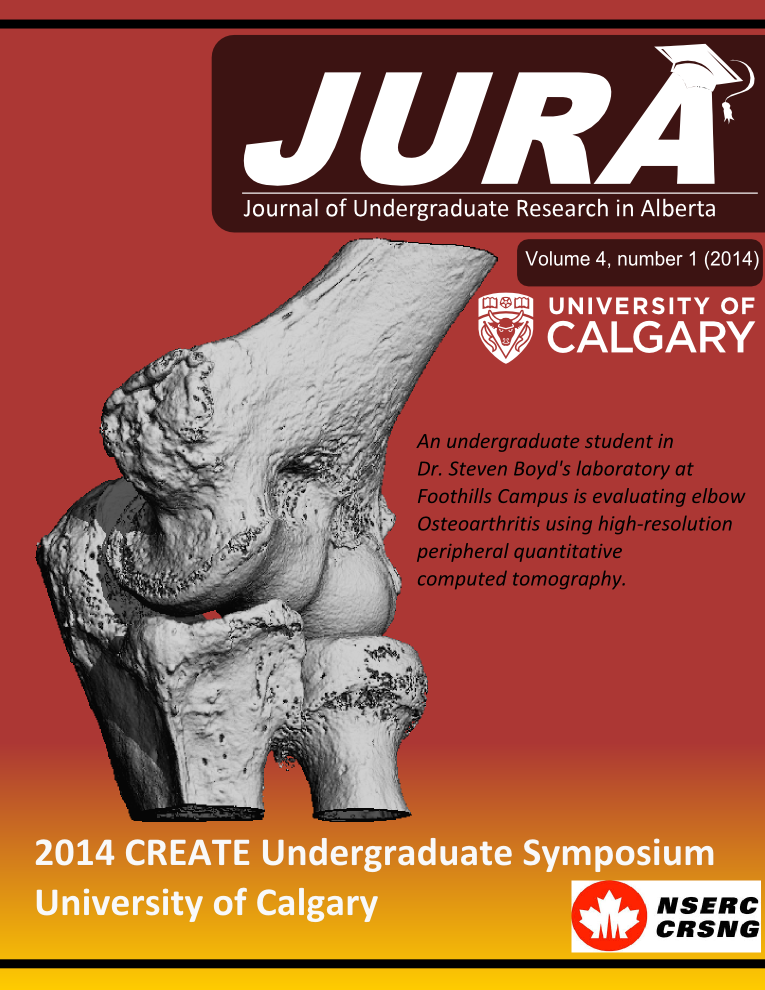EMBRYONIC MYOSIN HEAVY CHAIN EXPRESSION IN SKELETAL MUSCLE AS A MARKER OF RECOVERY AFTER ELECTRICAL STIMULATION DAMAGE
Abstract
INTRODUCTION
Spasticity is a symptom commonly found in neuromuscular disorders. It is characterised by involuntary muscular activation which may lead to increased passive stiffness and hypo-extensibility [1]. To investigate the muscular adaptations of spasticity, serial sarcomere loss in electrically stimulated guinea pig soleus was determined, resulting in an average 25% sarcomere loss in series [2]. Similar results were found using the same protocol in a New Zealand White Rabbit model [3].
Preliminary results in our lab suggested that 48 hours of recovery after a 10-hour continuous stimulation allowed a recovery of most serial sarcomeres. The purpose of this study was to investigate how this remarkable recovery may be occurring. It has been suggested that after skeletal muscle damage, a re-expression of developmental forms of myosin heavy chain (MHC) occurs [4]. Therefore, the purpose of this study was to test the possibility that re-expression of developmental forms of MHC might be involved in the recovery of lost sarcomeres.
METHODS
Three New Zealand White Rabbits were used. One hind limb acted as the experimental and the contralateral limb as the control. The experimental limb was electrically stimulated (30Hz) through the tibial nerve over a 10-hour period followed by a 48-hour recovery before being euthanized. Sarcomere loss was determined in chemically isolated fascicles by dividing fascicle length by the average sarcomere length determined using laser diffraction. Re-expression of developmental MHC's was measured using SDS-PAGE and Western Blot techniques with the use of embryonic and neonatal MHC specific antibodies.
RESULTS
Serial sarcomere loss following 48 hours of recovery was 0.8± 1.7%, 1.7±0.9%, and 7.9±9.6% for medial gastrocnemius (MG), plantaris and soleus, respectively.
Western blot analysis showed strong signals of developmental MHC in the positive control, and mild signals in all samples for the neonatal MHC antibody (figure 1).
DISCUSSION AND CONCLUSIONS
Sarcomere loss is almost fully recovered over the 48 hour recovery period. There is little to no developmental MHC in the experimental tissues. The low strength of positive signals may indicate a minor crossover from the adult forms of MHC and therefore may be disregarded.
We conclude from these results that serial sarcomere recovery in this model does not occur through the re-expression of developmental forms of MHC. Future studies may focus on the disassembly and reassembly of sarcomeres in series, rather than the production of new sarcomeres. These findings may be beneficial in furthering our understanding of serial sarcomere regulation in healthy muscles and might help develop treatment strategies for structural muscle diseases resulting in serial sarcomere loss, such as spasticity.
Downloads
References
2. Tabary J. et al. Muscle Nerve. 4:198-203, 1981
3. Yamamoto M., Leonard T. & Herzog W. JURA. 2(1), 2012.
4. Yoshimura K. & Harii K. J SURG RES. 81:139-146, 1999.
Downloads
Published
Issue
Section
License
Authors retain all rights to their research work. Articles may be submitted to and accepted in other journals subsequent to publishing in JURA. Our only condition is that articles cannot be used in another undergraduate journal. Authors must be aware, however, that professional journals may refuse articles submitted or accepted elsewhere—JURA included.


